Intensive avocado, citrus, and berry plantations in Alcácer do Sal and Grândola are depleting groundwater resources in a protected conservation area, with experts warning that extractions may have already exceeded sustainable limits.
In the Sado River basin, mega-plantations of avocados, tangerines, vegetables, and red berries in intensive regimes are driving uncontrolled water consumption for irrigation. Piezometric levels—indicating groundwater height—have shown sharp declines since 2017, potentially causing irreversible damage to the sandy aquifer structure.
The agro-forestry project by Expoente Frugal (Aquaterra group), proposing a 360-hectare citrus orchard, has spurred experts to speak out against the inevitable exhaustion of water resources in Alcácer do Sal.
Profound Landscape Change
Aerial images reveal a dramatic transformation over the past decade: once dominated by pine forests, cork oaks, and dryland cereals, the rural landscape is now progressively replaced by dense tangerine orchards, irrigated horticulture, and intensive berry farms seeking "substantial economic value at the cost of high water volumes," emphasizes hydrogeologist Jorge Duque.
This shift affects the structural balance of the Tagus/Sado Basin Aquifer System – Left Bank (SABTS-ME), where land subsidence is occurring due to over-extraction compressing the porous structure, permanently reducing storage capacity.
Excessive Water Withdrawal
In a dry year with 441 mm average rainfall and an optimistic 25% recharge rate, only about 75 hm³ of water infiltrates the sandy soil into the aquifer. However, total extractions for agriculture, human consumption, industry, tourism, and private use in the area south of the Sado River reach 65 hm³/year.
Applying sustainable resource criteria (withdrawing up to 80% of 75 hm³), current extraction volumes "approach or already exceed available groundwater resources," worsening water stress, admits Duque. Just 13 mega-farming areas covering over 3900 hectares, using an average of 8000 m³/hectare/year, consume about 31.2 hm³/year.
Data Discrepancy
A significant gap exists between calculated consumption and official data from the Portuguese Environment Agency (APA), which records 15.3 hm³/year from 321 authorized extraction points in the 315 km² polygon between Grândola and Alcácer do Sal.
Duque suggests the difference likely stems from numerous illegal wells or over-pumping, with orthophoto maps showing many irrigated areas without registered extraction points. About 85% of recorded captures are for irrigation, and 15% for human consumption.
Cumulative Effects
Carlos Alberto Mineiro Aires, former president of the Water Institute, expressed skepticism in an environmental impact assessment opinion, citing lack of a reliable, publicly available monitoring system for the aquifer. "No one knows the aquifer's actual status, storage capacity, recharge rate, or groundwater quality," he stated.
Duque agrees, urging priority reinforcement of monitoring, database updates, strict control of captures, and use of inspection technologies for private and drilling companies. The current system relies on self-declaration by exploitation owners.
Tourism Pressure
Tourism also significantly impacts water use: in Grândola (14,294 beds) and Alcácer do Sal (18,747 beds), consumption per inhabitant per day ranges from 184 to 816 liters. Simulations estimate 2.2 to 9.8 hm³/year, depending on occupancy and usage rates.
Hydrological data from 1934/35 to 2021/22 shows a decrease in wet years and an increase in dry years in the 21st century, exacerbating water scarcity.
Saline Contamination Risk
Carlos Mineiro Aires warned of the "more serious, irreversible risk of saline contamination" in the Tagus-Sado basin, especially near estuaries like the Tróia peninsula, where many deep underground captures are concentrated.
The Alcácer do Sal municipality shares "great concerns" about climate change effects on water resources due to increasing dry periods and prolonged droughts, as well as new agricultural projects like Herdades de Murta e Monte Novo. New wells planned by Expoente Frugal have "much greater depths than existing public supply captures," potentially compromising water quality and quantity for public use.
The APA did not respond to extensive questions from PÚBLICO by the publication's deadline.

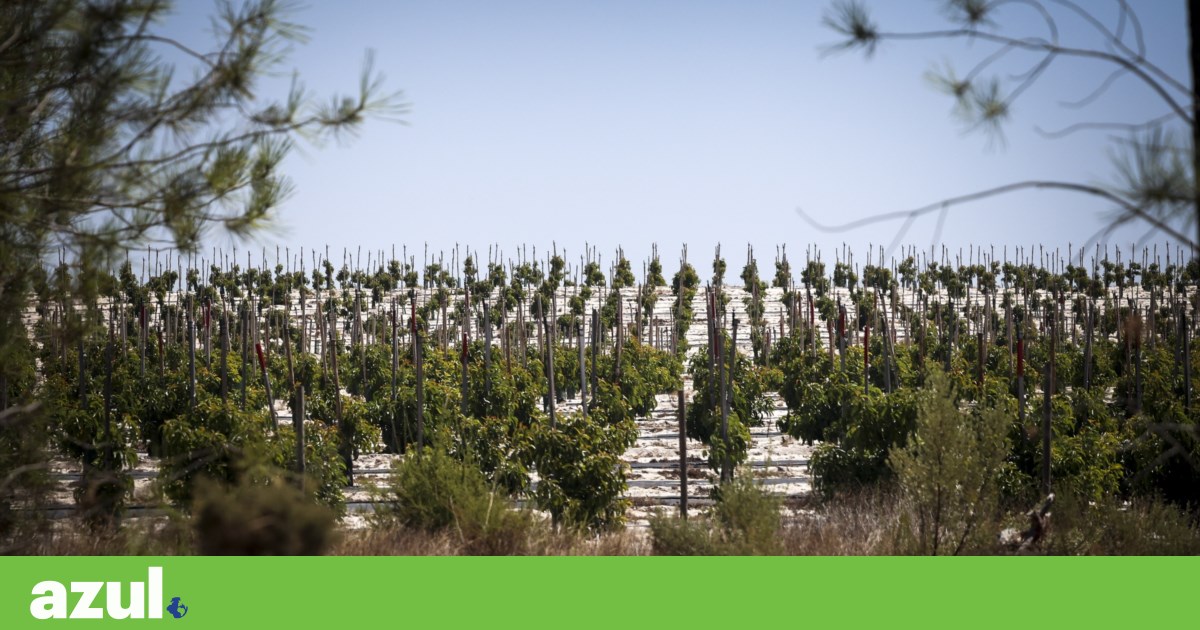

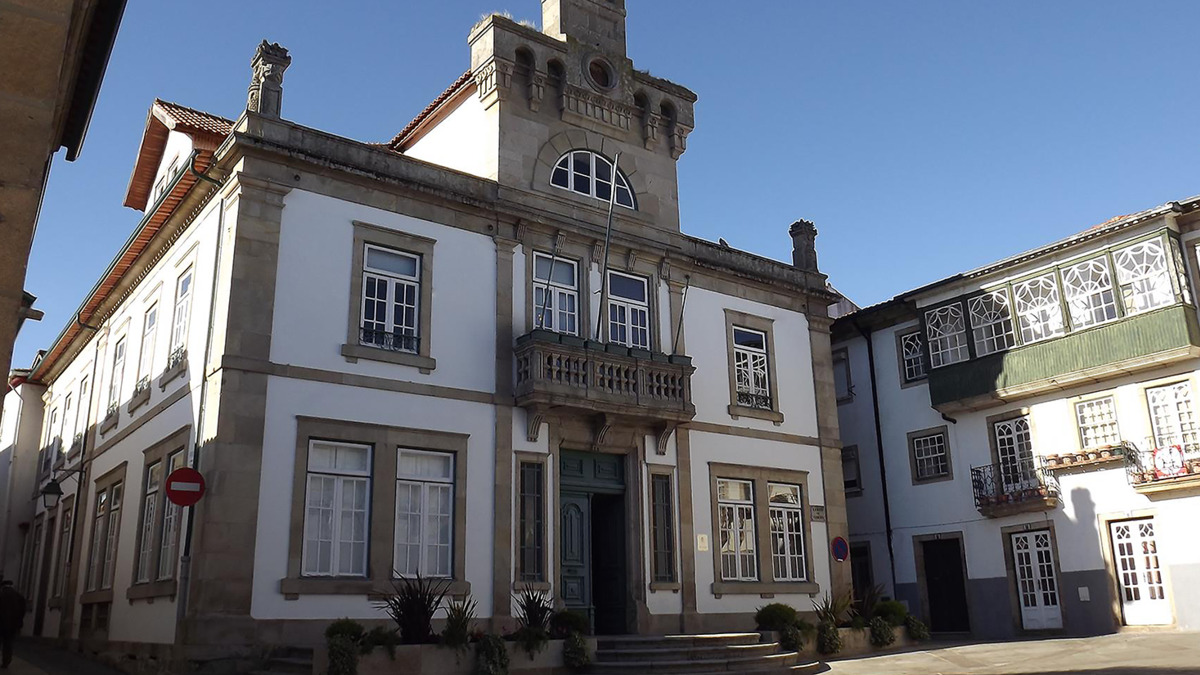
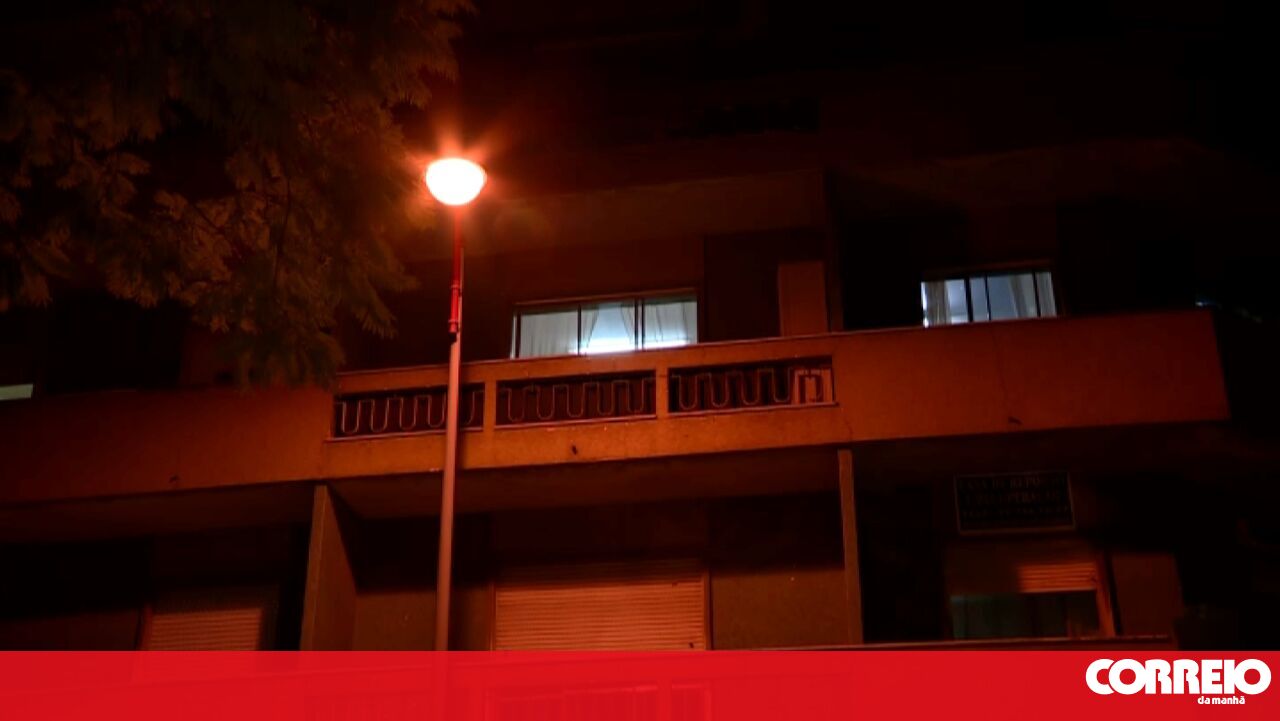


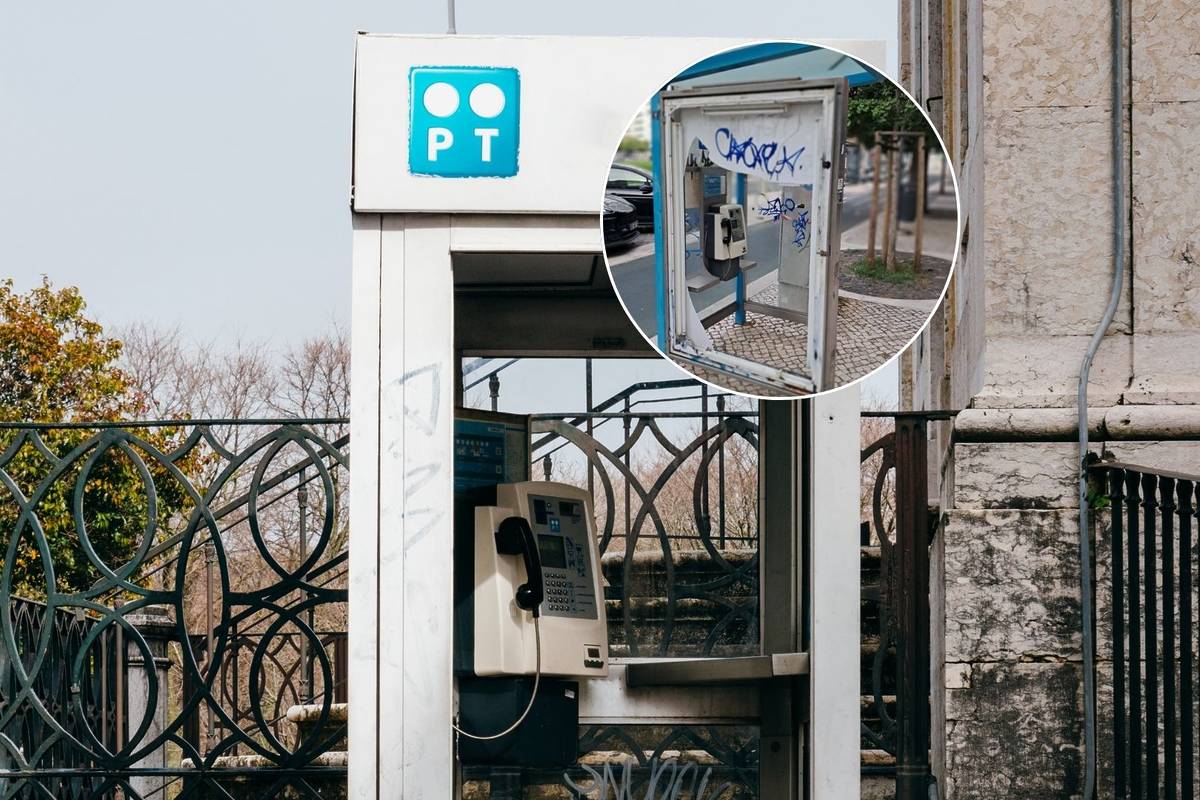
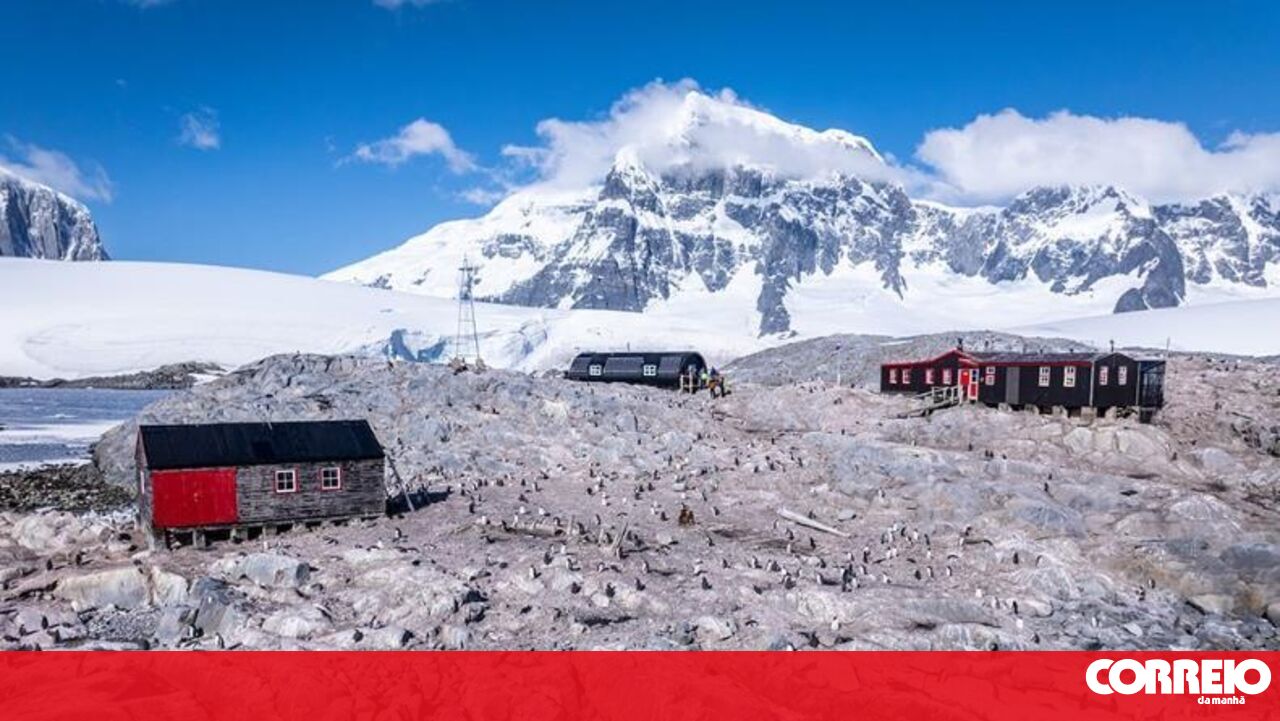



Comments
Join Our Community
Sign up to share your thoughts, engage with others, and become part of our growing community.
No comments yet
Be the first to share your thoughts and start the conversation!